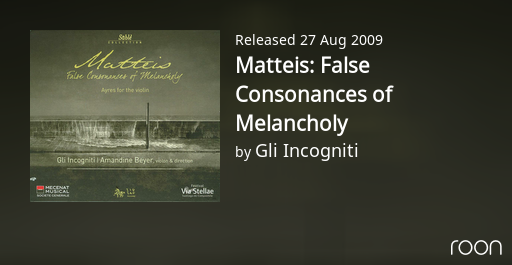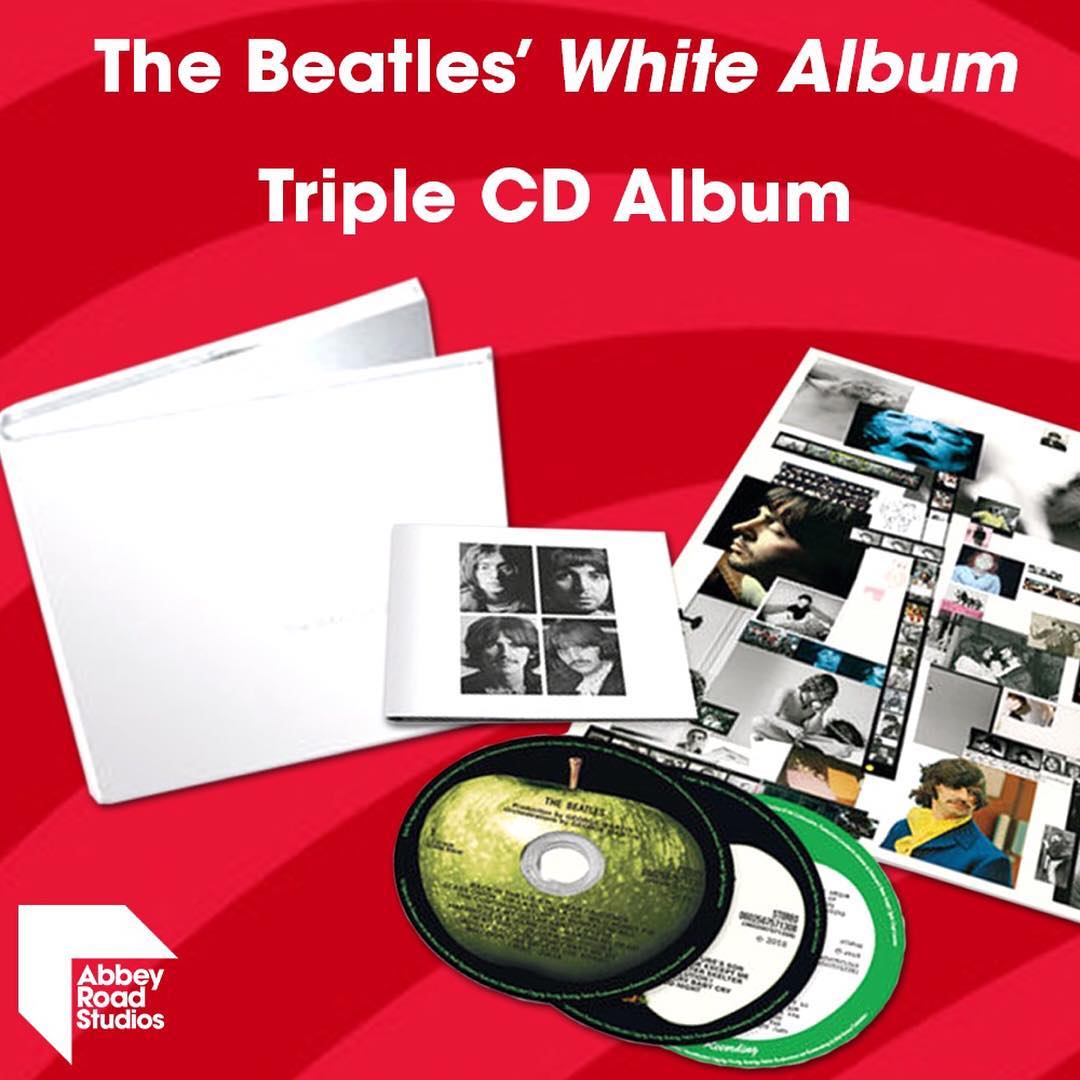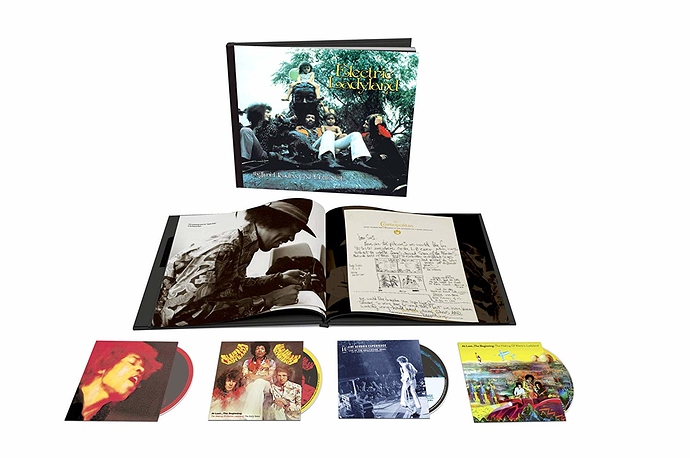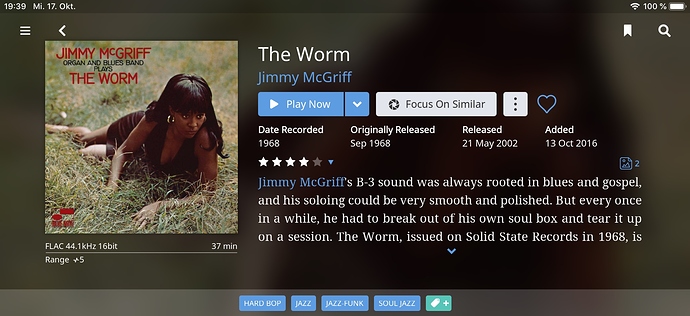Get ready for Nov. 9! 50th anniversary releases of The White Album and Electric Ladyland! My guess is that Tidal streaming will have both on that date!
The Sweetest Sound - Angelo Verploegen Trio
Recorded Live in DSD256 with no edits or compression.
Available at NativeDSD.com
Tour was Solo Stuff, the Entire “Clutching at Straws” album, and some other Marillion songs like Garden Party and Fugazi.
Indeed. Concur.
Album: Matteis: False Consonances of Melancholy
Artists: Gli Incogniti, Amandine Beyer
Label: Zig Zag Territoires
Release: 2009

Forty years after he wrote his two-movement Tabula Rasa for violinist Gidon Kremer, Estonian composer Arvo Pärt, 83, is still alive, engaged and composing. Hence it should come as no surprise that when violinist Viktoria Mullova and conductor Paavo Järvi contacted Pärt about their plan to record five of his works for violin and various instruments for their Onyx album, Arvo Pärt, the conductor attended the recording sessions. According to Gramophone’s Andrew Mellor, Pärt actively engaged with Mullova and individual players of the Estonian National Symphony Orchestra to ensure that his dynamic markings were observed, and that each instrument evoked the timbre and atmosphere essential to fully realizing his music.
[…]
Taken in order of appearance on the disc, the under three-minute opening work, “Darf ich . . .” (May I . . . ) for violin, bells & strings (1995/99), is mournful with a heightened sense of pain. Fratres goes even deeper. Every percussion stroke is haunting, and the suffering and dread that envelop you as the music grows increasingly hushed are unforgettable. Mullova’s extremely high, miraculously sounded repeated closing notes are breathtaking.
The two-part Tabula Rosa, by far the longest work on the program, confounds expectations. After the wildness of its first movement, you may not expect the “Silentium” that follows. The most recently composed work, the short Passacaglia (2003), may sound a bit like a fractured baroque exercise, but the heart-tugging delicacy and beauty of Spiegel im Spiegel are like nothing you’ve ever heard. As I listened to this indescribably beautiful music, I kept imagining the feel of individual snow petals falling on a pristine landscape It joins the soprano solo from Brahms’s German Requiem and Schubert’s lied, “Du bist die Ruh,” as amongst the most hallowed pieces I’ve ever heard.

La Fenice is one of a number of documents from Keith Jarrett’s 2000s road archive, joining Radiance, Creation, and other resplendent solo-piano titles. A double album, it captures Jarrett once again in his element, playing alone with no preparation in freely improvised odysseys that range widely in length. The bluesy boogie of “Part VIII,” the grand and gorgeous balladry of “Part IV,” the gospel-tinged swing of “Part V”: These are stylistic paths that Jarrett has traveled over the course of decades, always with a different end result. But with the ghostly “Part VI,” a magical unfolding of harmony that stretches to nearly 15 minutes, he breaks through to another level (one of the key objectives of these solo endeavors). On “Part VII,” with its highly unpredictable modulations that evoke mysterious shadows, Jarrett does it yet again. In between is a classically flavored rendering of Gilbert & Sullivan’s “The Sun Whose Rays Are All Ablaze,” one of four composed pieces in the program. Another, “Blossom,” is a contemplative original from Jarrett’s European Quartet days.


















